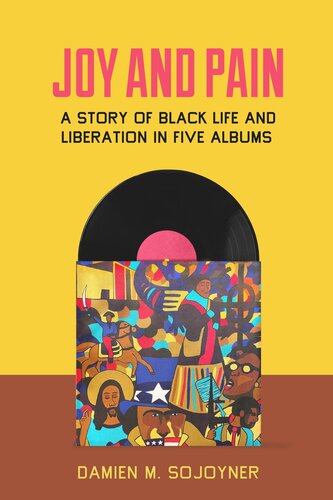

Most ebook files are in PDF format, so you can easily read them using various software such as Foxit Reader or directly on the Google Chrome browser.
Some ebook files are released by publishers in other formats such as .awz, .mobi, .epub, .fb2, etc. You may need to install specific software to read these formats on mobile/PC, such as Calibre.
Please read the tutorial at this link: https://ebookbell.com/faq
We offer FREE conversion to the popular formats you request; however, this may take some time. Therefore, right after payment, please email us, and we will try to provide the service as quickly as possible.
For some exceptional file formats or broken links (if any), please refrain from opening any disputes. Instead, email us first, and we will try to assist within a maximum of 6 hours.
EbookBell Team

4.4
102 reviewsThis highly original story reflects on how the carceral state shapes daily life for young Black people—and how Black Americans resist, find joy, and cultivate new visions for the future.
Joy and Pain is about a young man, Marley, and a particular place, the Southern California Library—an archive of radical and progressive movements and a community organization where the author meets Marley. Taking music as its thematic undercurrent, the book is structured as a "record collection." Each of the five "albums" relates Marley's personal encounters with everyday aspects of the carceral state through an ethnographic A side and then offers deeper context through an anthropological and archival B side.
In telling Marley's story, Damien M. Sojoyner depicts the overwhelming nature of Black precarity in the twenty-first century through the lenses of housing, education, health care, social services, and juvenile detention facilities. But Black life is not defined by precarity; it must embrace social visions of radical freedom that allow the cultivation of a life of joy beyond systems of oppression. In Joy and Pain, we see how Marley's experience intersects with history and the contemporary political moment—Black knowledge production, Black liberation movements, community-based organizing—to imagine expansive futures.